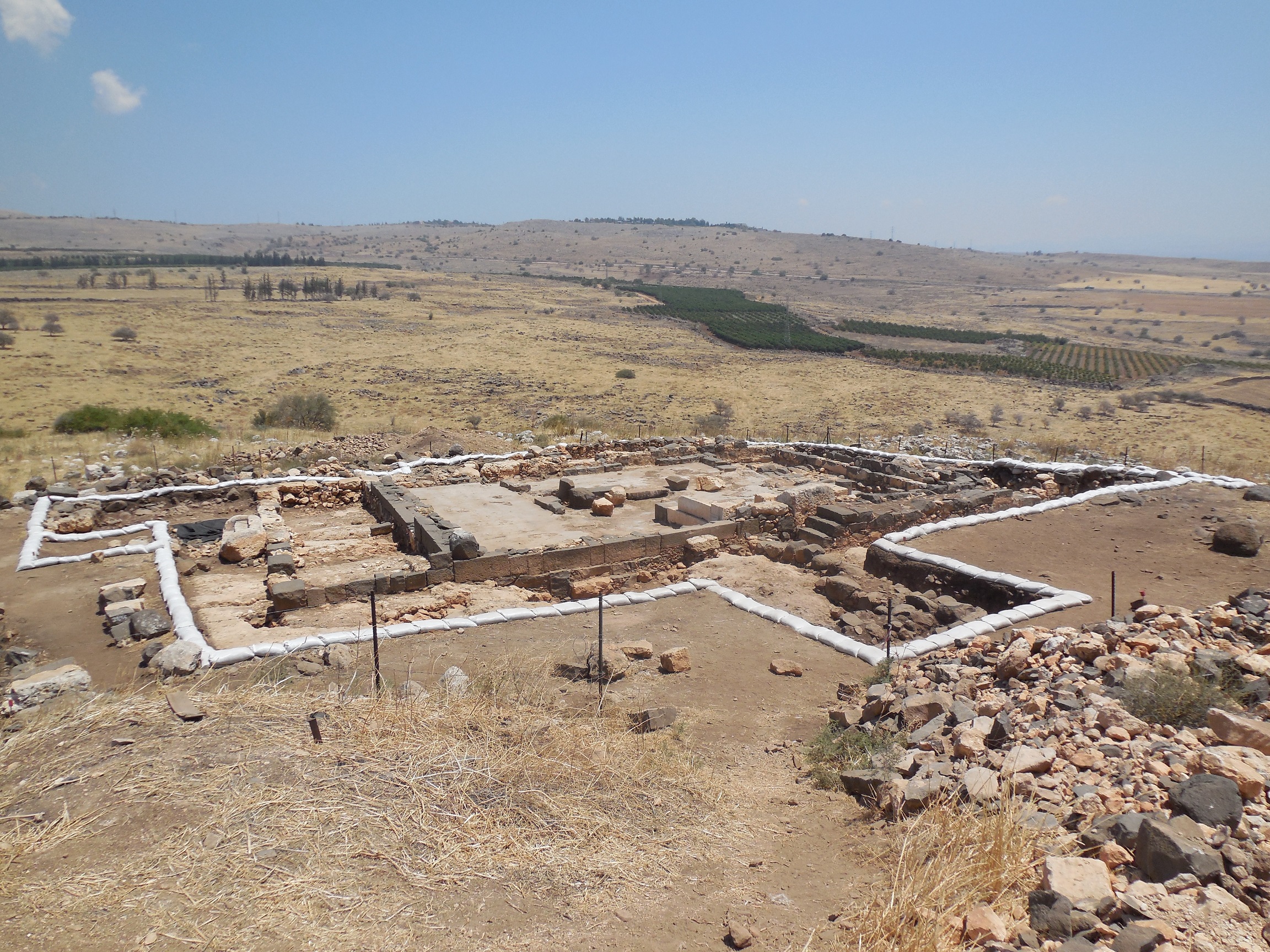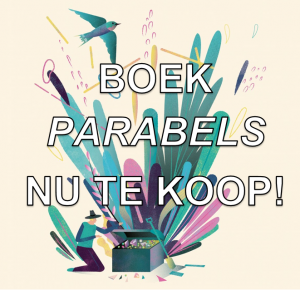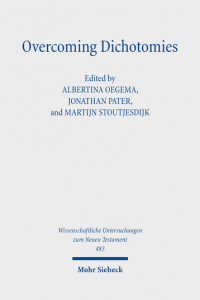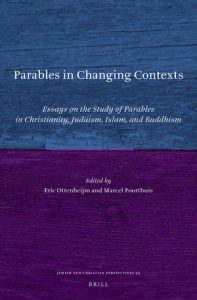Parable of the Month October: The king and his entourage look alike
“This is my God and I will glorify Him” (Exod 15:2).
Rabbi Eliezer says: Whence can you say that a maidservant saw at the sea what Isaiah and Ezekiel didn’t see?
Because it is said: “and through the prophets I spoke similitudes” (Hos 12:11),
and it is said: “the heavens opened and I saw visions of God” (Ezek 1:1).
They told this parable. To what is the matter similar?
To a king of flesh and blood who enters a province, and with him a circle of guards that surrounds him, heroes on his right and on his left,and soldiers in front of him and behind him. All would ask, saying: ‘Which one is the king?’, because he is flesh and blood like them.
But when the Holy One appeared at the sea, not one of them needed to ask which one is the king, but as soon as they saw him, they all opened their mouth and said: “This is my God and I will glorify Him” (Exod 15:2).
Source: Mekhilta de Rabbi Ishmael, Shirata 3
The midrash of R. Eliezer draws on the Hebrew word zeh – ‘this is’. In rabbinic hermeneutics, zeh refers to a direct pointing, as with the finger, at something or somebody that is present. From this it is inferred that the Israelites present at the Sea had a direct experience of God who was physically present. This is opposed to the prophets who refer to their experiences of God in terms of ‘similitudes’ (Hos 12:11) and visions (Ezek 1:1). The figure of the ‘maidservant’ stands for the person lowest in rank that was present at the revelation at Sinai: even such a lowly figure experienced much more than what the most famous of the later prophets – Isaiah and Ezekiel – would ever again experience, namely a direct, physical, vision of the divine.

The Belgian King Philippe (brown coat) visits the Vroegmarkt (Brussels) with his entourage.
The mashal hooks up to this direct experience of the Israelites at the Sea. It introduces the image of a human king surrounded by heroes and soldiers that could potentially be confused with the king himself. This host of other figures next to the king doesn’t have a direct parallel in the biblical text and may draw on certain interpretations of the revelation at Sinai. As an earthly reflection of the situation presented in the biblical text, the mashal suggests that other figures appeared along with God at Sinai, or were standing in the neighborhood and could be held for divine beings. Possible candidates for that role could be angels or semi-divine beings. Indeed, in merkavah mysticism, of which some elements already circulated in third-century rabbinic Judaism, the image of the divine throne wagon (merkavah) depicted in Ezekiel 1 was connected with the revelation at Sinai. The elements of the throne wagon (wheels etc.) were often identified with angelic beings. The fact that Ezekiel is mentioned in the midrash, and Ezek 1:1 is cited, suggests acquaintance with this well-known connection between the revelation at Sinai and the merkavah visions. Also represented in Jewish texts were speculations about the semi-divine nature of Moses. When the people saw Moses standing next to God on Mount Sinai, they might have confused one with the Other. The mashal, with its nimshal, focuses on the fact that no confusion was possible: the direct vision guaranteed the immediate recognition of God as God – He could not be confused with other figures. Thus, a polemic against interpretation such as the ones just mentioned, possibly lurks behind this mashal. As such, the mashal, while contributing to the midrash of ‘this is’, also may contain a hidden polemic against (Jewish) believes in semi-divine beings next to the one God.








Recente reacties